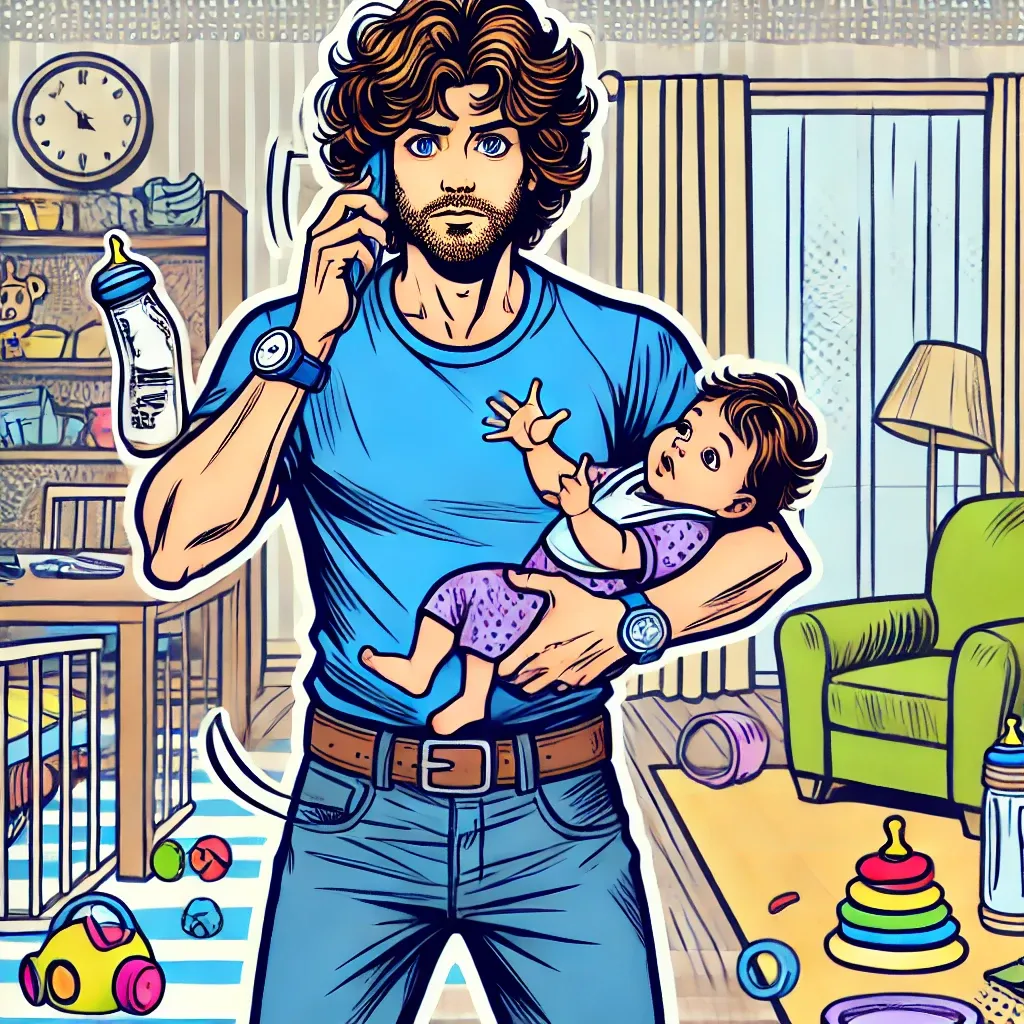Hello SAHD Larry!

SAHD Larry Questions
- Can you tell us a bit about your background and how it led you to become a stay-at-home dad?
- What were some key factors or decisions that influenced your choice to take on this role?
- What does a typical day look like for you as a stay-at-home dad?
- What have been some of the biggest challenges you’ve faced in this role, and how have you overcome them?
- What are some of the most rewarding aspects of being a stay-at-home dad?
- Can you share a memorable moment or story from your time as a stay-at-home parent?
- What advice would you give to other dads considering becoming stay-at-home parents?
- How do you balance your time between being a stay-at-home dad and running your blog?
- What strategies do you use to manage your workload and ensure you have time for both family and work?
- How do you see your role evolving both as a stay-at-home dad and as a blogger?
- What have you learned about yourself through your experiences as a stay-at-home dad and a blogger?
- Do you think there is a societal bias against stay-at-home dads compared to stay-at-home moms? How have you experienced this?
- How do people generally react when they learn that you are a stay-at-home dad?
- What advice would you give to parents looking to balance a stay-at-home role with a passion project or side hustle?
- How can others find fulfillment and success in both their family life and personal projects?

Comments ()